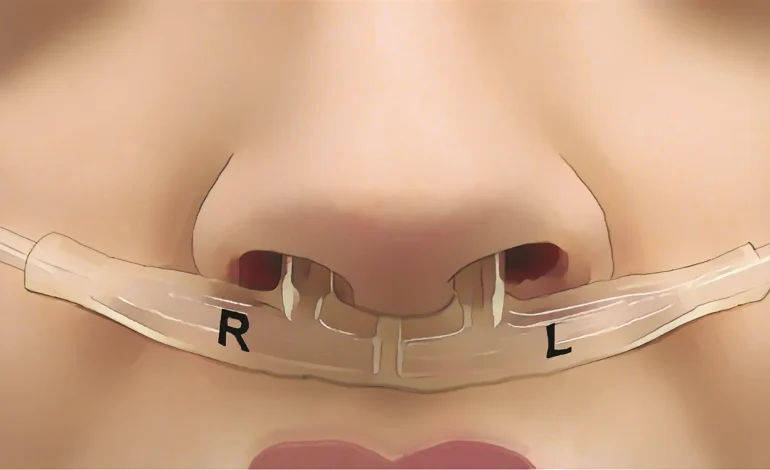Study Finds Each Person Has a Distinctive ‘Breath Print’ Tied to Mental and Physical Health

A new study suggests that the way we breathe may be as unique as our fingerprints. Published in Current Biology, the research reveals that nasal breathing patterns can distinguish individuals with remarkable accuracy—and may even offer insights into a person’s mental and physical health.
Researchers from the Weizmann Institute of Science in Israel fitted 100 volunteers with wearable sensors that tracked airflow through each nostril over a 24-hour period. The analysis showed that each participant had a distinct breathing pattern, allowing scientists to identify individuals with nearly 97% accuracy. These patterns remained stable over time, with participants returning for repeat recordings up to two years later and still being identifiable.
“This finding was surprising in its strength,” said Timna Soroka, the lead researcher and a Ph.D. student who helped develop the device.
The lightweight sensor rests on the upper back, with tubing positioned to monitor nasal airflow continuously as participants go about their daily activities.
The researchers observed that breathing is far more complex than simple inhalation and exhalation. Individuals showed differences in the length of pauses between breaths, airflow strength through each nostril, and the timing of their breathing cycles. These nuances—sometimes subconscious—create a respiratory “fingerprint.”
“No two people breathe in exactly the same way,” said co-author Dr. Noam Sobel, a neurobiologist at the Weizmann Institute. “And since breathing is deeply connected to the brain, these patterns may reflect who we are and how we feel.”
In addition to identifying individuals, the study found correlations between breathing patterns and a variety of physical and psychological traits. For example, people with higher scores for anxiety or depression on self-reported questionnaires tended to have faster exhalations or more irregular pauses. Other traits, like body mass index and sleep patterns, also showed connections to specific respiratory features.
Breathing is controlled by a complex network within the brain that spans areas responsible for language, movement, memory, and emotion. Researchers believe this broad brain involvement may explain why breathing patterns are both personal and potentially informative about mental health.
While the findings are early, scientists see potential for future applications in medicine. Long-term breath monitoring could be used to develop non-invasive diagnostic tools, or to assess and manage mental health conditions. It might also open doors to therapies based on controlled breathing techniques.
“We don’t yet know whether people breathe this way because of their mental state, or if their breathing patterns influence that state,” said Dr. Sobel. “But if it’s the latter, that could be a powerful avenue for intervention.”
With input from the New York Times, NPR, and the National Geographic.









The latest news in your social feeds
Subscribe to our social media platforms to stay tuned